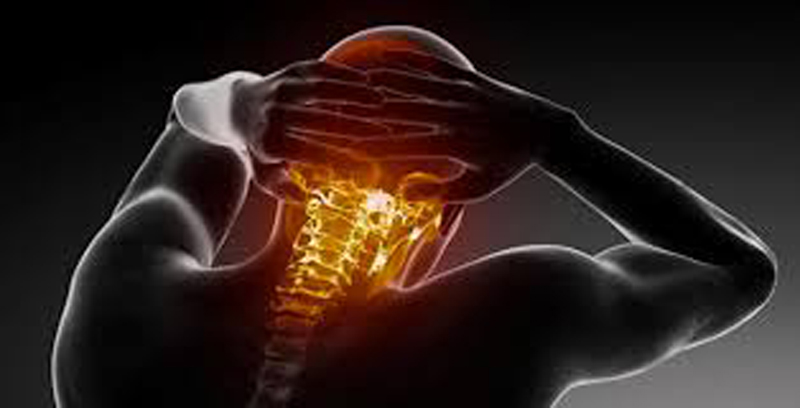Treatment Preferences Amongst Physical Therapists and Chiropractors for the Management of Neck Pain: Results of an International Survey
SOURCE: Chiropractic & Manual Therapies 2014 (Mar 24); 22 (1): 11
Lisa C Carlesso, Joy C MacDermid, Anita R Gross,
David M Walton, P Lina Santaguida
Toronto Western Research Institute,
University Health Network,
399 Bathurst Street – MP11-328,
Toronto, Ontario M5T 2S8, Canada
BACKGROUND: Clinical practice guidelines on the management of neck pain make recommendations to help practitioners optimize patient care. By examining the practice patterns of practitioners, adherence to CPGs or lack thereof, is demonstrated. Understanding utilization of various treatments by practitioners and comparing these patterns to that of recommended guidelines is important to identify gaps for knowledge translation and improve treatment regimens.Aim: To describe the utilization of interventions in patients with neck pain by clinicians.
METHODS: A cross-sectional international survey was conducted from February 2012 to March 2013 to determine physical medicine, complementary and alternative medicine utilization amongst 360 clinicians treating patients with neck pain.
RESULTS: The survey was international (19 countries) with Canada having the largest response (38%). Results were analyzed by usage amongst physical therapists (38%) and chiropractors (31%) as they were the predominant respondents. Within these professions, respondents were male (41-66%) working in private practice (69-95%). Exercise and manual therapies were consistently (98-99%) used by both professions but tests of subgroup differences determined that physical therapists used exercise, orthoses and ‘other’ interventions more, while chiropractors used phototherapeutics more. However, phototherapeutics (65%), Orthoses/supportive devices (57%), mechanical traction (55%) and sonic therapies (54%) were not used by the majority of respondents. Thermal applications (73%) and acupuncture (46%) were the modalities used most commonly. Analysis of differences across the subtypes of neck pain indicated that respondents utilize treatments more often for chronic neck pain and whiplash conditions, followed by radiculopathy, acute neck pain and whiplash conditions, and facet joint dysfunction by diagnostic block. The higher rates of usage of some interventions were consistent with supporting evidence (e.g. manual therapy). However, there was moderate usage of a number of interventions that have limited support or conflicting evidence (e.g. ergonomics).
CONCLUSIONS: This survey indicates that exercise and manual therapy are core treatments provided by chiropractors and physical therapists. Future research should address gaps in evidence associated with variable practice patterns and knowledge translation to reduce usage of some interventions that have been shown to be ineffective.
From the Full-Text Article:
Background
Clinical practice guidelines are developed to provide statements and recommendations with the intention of helping practitioners optimize patient care [1]. By examining the practice patterns of practitioners, adherence to CPGs or lack thereof, is demonstrated. Recommendations for practice can then be formed. Understanding existing practice patterns provides insight into how current evidence impacts on practice and can identify where greater efforts in knowledge translation are needed. Clinical practice will vary dependent on a number of factors such as location, resources available, patient population, and professional background. Several CPGs from varying professionals who treat patients with neck pain exist [2-5]. To our knowledge no examination of practice patterns across health care professionals who treat patients with neck pain has been published.
Neck pain is a common problem with an episodic course that affects a large proportion of the population. Estimates for the prevalence of neck pain vary from 0.4% to 86.8% (mean 23.1%) in the general population, whereas the range for the one year incidence is reported to be smaller (10.4% to 21.3%) [6]. Risk factors for new onset neck pain include being female, between the ages of 35 to 49 years and having a previous episode of neck pain [6-8]. Estimated expenditures on spine related care in the United States have almost doubled in the last decade [7, 9]. The number of emergency room visits related to motor vehicle accidents (MVA) has been steadily increasing in the last three decades [10]. Direct healthcare costs may only be a small piece of this burden, while the indirect costs of work absenteeism and disability are much greater [6, 11].
Read the rest of this Full Text article now!





Leave A Comment